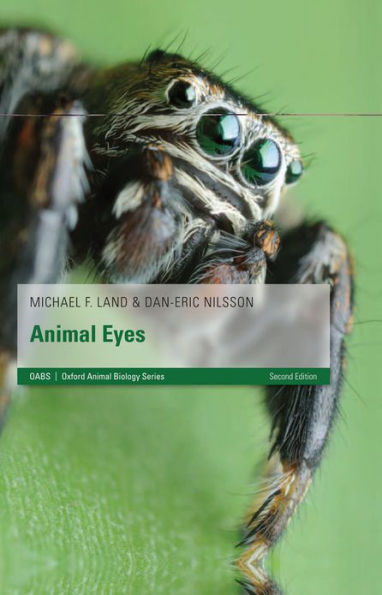5
1

Animal Eyes

Animal Eyes
eBook (2)
$56.49
$74.99
Save 25%
Current price is $56.49, Original price is $74.99. You Save 25%.
Related collections and offers
56.49
In Stock

Product Details
| ISBN-13: | 9780191625367 |
|---|---|
| Publisher: | OUP Oxford |
| Publication date: | 03/01/2012 |
| Series: | Oxford Animal Biology Series |
| Sold by: | Barnes & Noble |
| Format: | eBook |
| File size: | 9 MB |
About the Author
From the B&N Reads Blog
